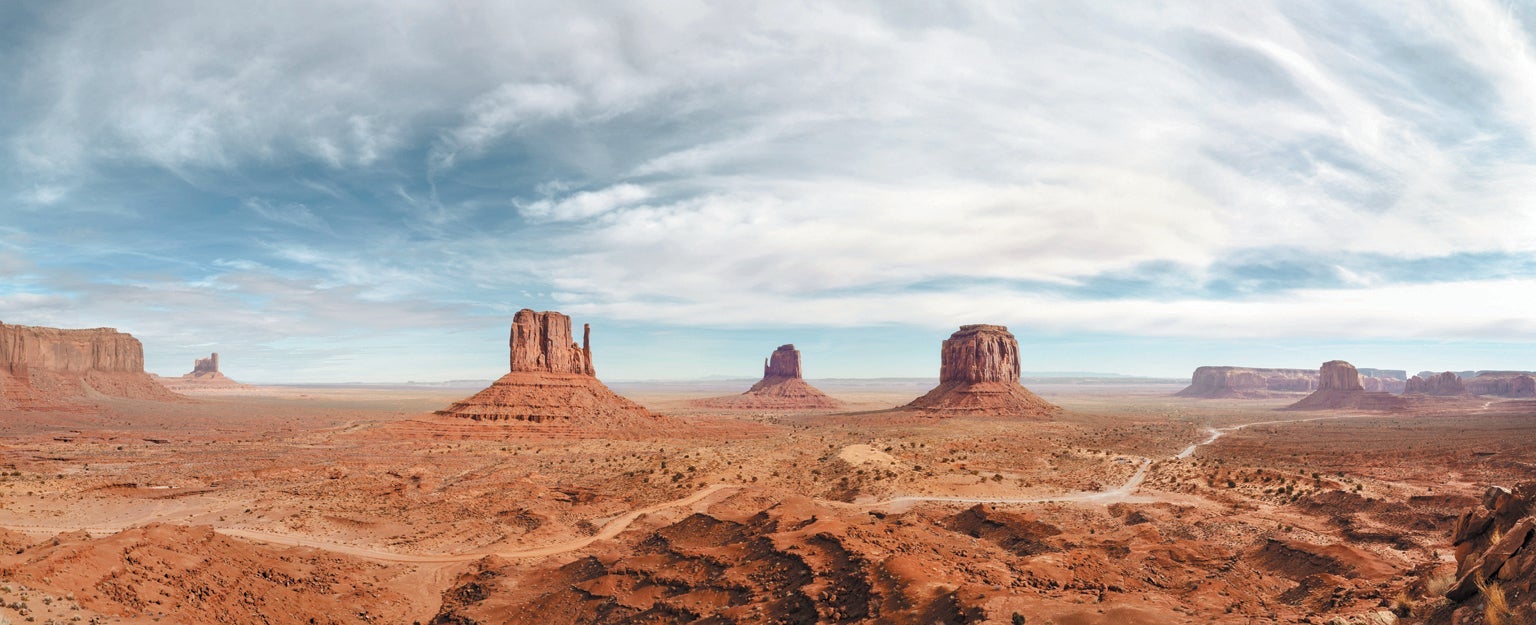Skies Are Sucking More Water from the Land

Drought is typically thought of as a simple lack of rain and snow. But evaporative demand—a term describing the atmosphere’s capacity to pull moisture from the ground—is also a major factor. And the atmosphere over much of the U.S. has grown a lot thirstier over the past 40 years, a new study in the Journal of Hydrometeorology found.
Evaporative demand can be thought of as a “laundry-drying quotient,” says Nevada state climatologist Stephanie McAfee, who was not involved in the study. When hanging laundry outside, she explains, “we know that it’s going to dry best and fastest if it’s warm, sunny, windy and dry.” This quotient does not simply creep upward alongside climate warming; it increases exponentially, says study lead author Christine Albano, an ecohydrologist at the Desert Research Institute in Reno. “With a one- to two-degree rise in temperature, we’re getting much larger increases in evaporative demand.”
To measure how atmospheric thirst has been changing, Albano and her colleagues examined five data sets covering 1980 to 2020 that included temperature, wind speed, solar radiation and humidity—all of which contribute to evaporative demand. They found the biggest U.S. increases occurring over Southwestern states, whereas rising humidity offset higher temperatures in the East. In the Rio Grande region, the atmosphere craved 135 to 235 millimeters more water annually in 2020 than it did in 1980, an 8 to 15 percent increase. That water vaporized instead of quenching crops and filling aquifers. (A 10 percent increase means the same crops under the same management need 10 percent more water to be as productive as 40 years ago.)
Along with higher temperatures and lower humidity, the study also noted rising wind speeds and increasing solar radiation. In arid regions, humidity declines as temperatures warm. Albano says she is not yet sure why the sunlight and wind are changing.
Rising evaporative demand adds to the strain as the West continues to endure megadrought conditions that have not been seen for 1,200 years. The increase contributed to low spring runoff from the Sierra Nevada in 2021, when much less stream water came from snow than predicted, Albano says. A thirstier atmosphere also dried out Western forests, leading to larger wildfires.
The study shows that resource managers “really have to think a lot about how we make sure that we’re controlling the amount of water that we’re all using,” says Caroline Juang, a Columbia University Earth scientist who was not involved in the study.
“Three inches of rain doesn’t go as far as it used to,” McAfee says. “The atmosphere wants a bigger sip.”


